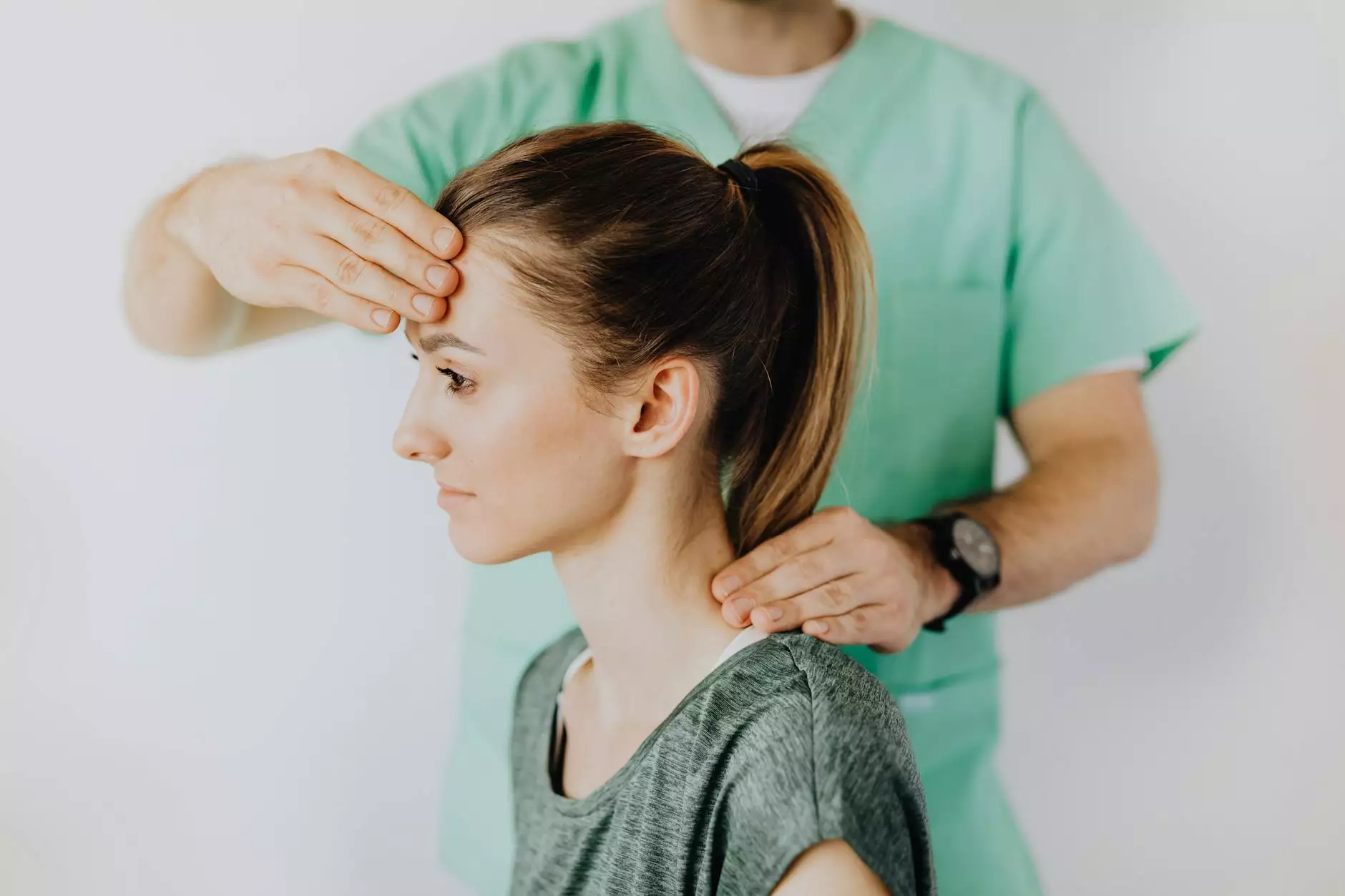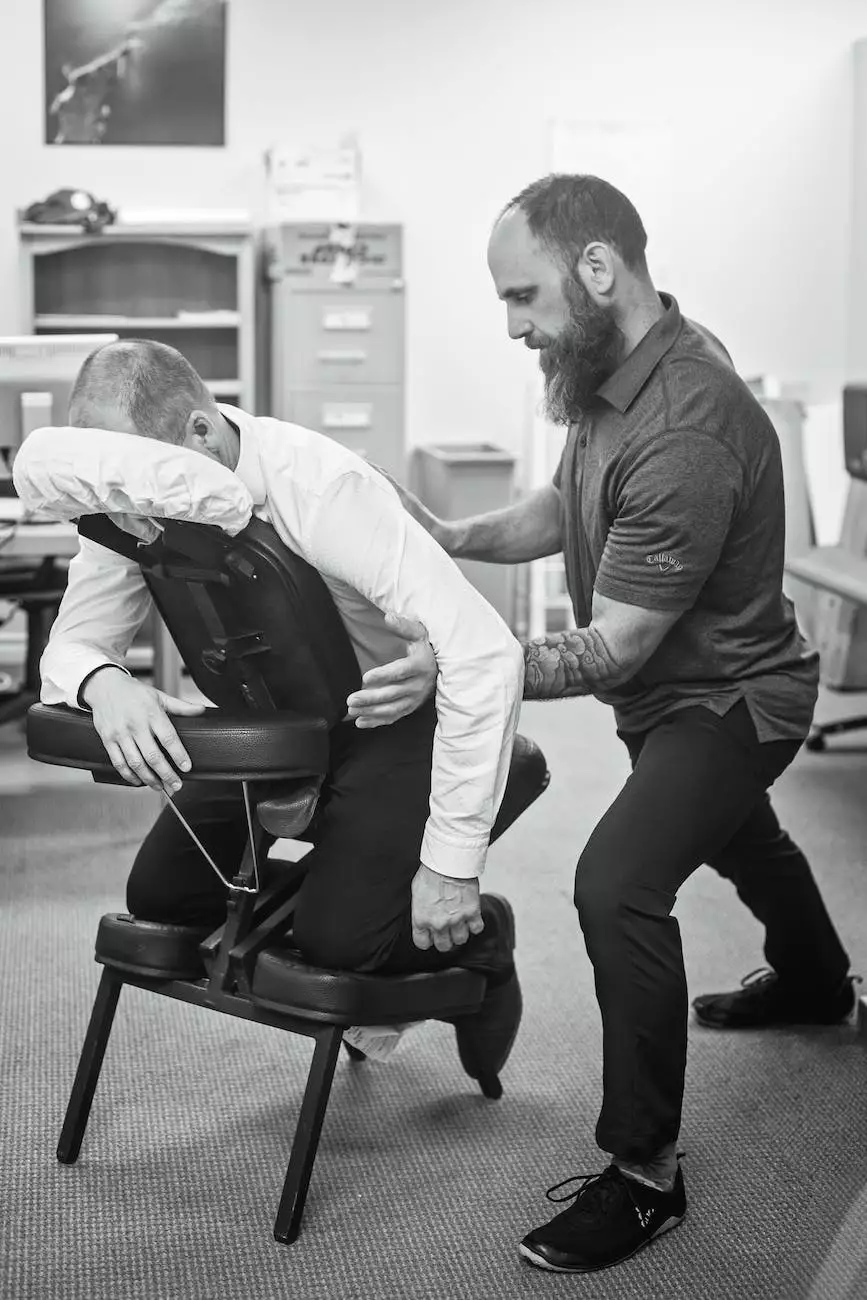Symptoms of Seat Belt Injuries
Health
Introduction
Welcome to our comprehensive guide on the symptoms of seat belt injuries. In this article, we will provide you with detailed information about the different symptoms you may experience if you have been involved in a car accident where a seat belt was worn. At Kelley Tim PA-C, we prioritize your health and safety, and we aim to provide you with the necessary knowledge to effectively manage seat belt injuries.
Understanding Seat Belt Injuries
Seat belt injuries can occur when the seat belt exerts a strong force on different parts of your body during a collision. While seat belts are vital for protecting against severe injuries, they can also cause specific symptoms due to the sudden deceleration of your body.
Types of Seat Belt Injuries
Seat belt injuries can manifest in various forms, such as:
- Seat Belt Syndrome: This refers to a combination of injuries that typically occur in the chest, abdomen, and spine areas. Symptoms may include bruising, rib fractures, organ damage, and spinal cord injuries.
- Shoulder Injuries: Seat belts can sometimes cause shoulder injuries, such as dislocations, fractures, and sprains.
- Whiplash: Even with a seat belt, whiplash can still occur. It is characterized by neck pain, stiffness, headaches, and dizziness.
- Abdominal Injuries: The force exerted by a seat belt can result in abdominal injuries, including bruising, organ damage, and internal bleeding.
- Knee Injuries: In some cases, occupants may experience knee injuries due to the impact against the dashboard or seat in front of them.
Recognizing the Symptoms
It's crucial to understand the symptoms associated with seat belt injuries, as early identification can lead to prompt medical intervention and a better recovery process. Here are some common symptoms to watch out for:
1. Pain and Discomfort
If you experience persistent pain or discomfort in the chest, abdomen, shoulders, neck, or knees after a car accident, it could be an indication of seat belt injury. The intensity of the pain may vary depending on the severity of the collision and the affected area.
2. Bruising and Swelling
Seat belt injuries can often result in visible bruising and swelling around the areas in contact with the seat belt. These signs may develop immediately after the accident or appear gradually over time.
3. Restricted Range of Motion
If you find it challenging to move specific body parts, such as your neck, shoulders, or knees, it might be due to seat belt injuries. Reduced range of motion can be accompanied by stiffness and muscle weakness.
4. Numbness or Tingling Sensations
In some cases, seat belt injuries can cause numbness or tingling sensations, also known as paresthesia. These sensations may occur in the chest, abdomen, arms, or legs.
5. Difficulty Breathing
Seat belt injuries can sometimes impact the chest area, leading to difficulty breathing. If you experience shortness of breath, chest pain, or tightness, seek medical attention immediately.
Effective Management and Treatment
Proper management and treatment of seat belt injuries are essential for a smooth recovery. Here are some tips to consider:
1. Seek Medical Evaluation
If you suspect you have sustained seat belt injuries, it is crucial to seek immediate medical evaluation. A healthcare professional, such as Kelley Tim PA-C, can assess the extent of your injuries and provide appropriate treatment recommendations.
2. Follow the Recommended Treatment Plan
Depending on the severity of your seat belt injuries, your healthcare provider may recommend specific treatments such as pain management techniques, physical therapy, or even surgical intervention. It is vital to follow the recommended treatment plan to ensure optimal recovery.
3. Rest and Rehabilitation
Give your body sufficient time to rest and heal. Engaging in gentle exercises and rehabilitation under the guidance of a healthcare professional can help restore strength, flexibility, and functionality.
4. Manage Pain and Discomfort
If you experience pain and discomfort, your healthcare provider may suggest over-the-counter pain relievers or prescribe medications to alleviate your symptoms. Follow their instructions carefully and discuss any concerns or side effects with them.
5. Prevent Future Injuries
To prevent future seat belt injuries, always wear your seat belt correctly and ensure it is properly adjusted. Make sure all passengers are also properly secured. Additionally, avoid the use of seat belt adjusters or aftermarket modifications, as they may compromise the effectiveness of the seat belt during a collision.
Conclusion
Seat belt injuries can present various symptoms that require timely attention and proper management. Understanding the symptoms associated with seat belt injuries, seeking medical evaluation, and following the recommended treatment plan are vital for a successful recovery. At Kelley Tim PA-C, your health and well-being are our top priorities. If you have been involved in a car accident and have any concerns regarding seat belt injuries, don't hesitate to reach out to our team of dedicated professionals.









